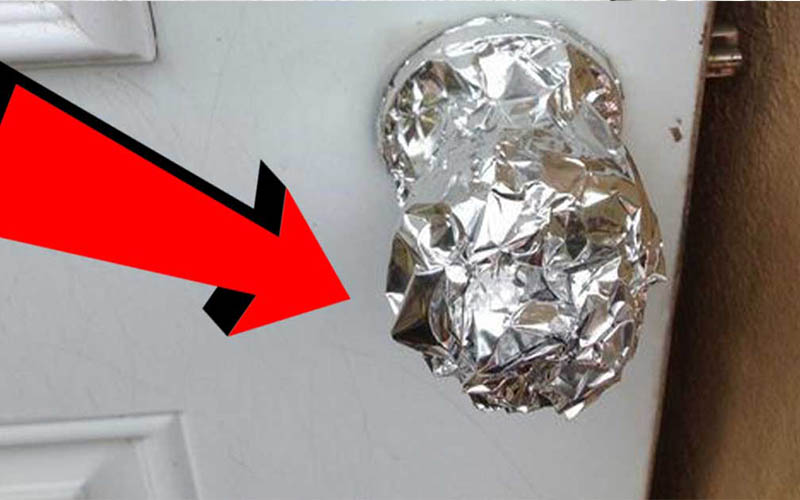When it comes to food safety, proper storage is a crucial aspect that often goes overlooked. Many people are unaware of the specific guidelines for storing food, especially in terms of the distance it should be kept above the ground. In this article, we will delve into the importance of storing food safely and answer the question: How many inches does food need to be stored above the ground?
The Significance of Proper Food Storage
Proper food storage is essential for maintaining the quality and safety of the food we consume. It helps prevent contamination, bacterial growth, and the spread of foodborne illnesses. Storing food at the correct height above the ground is one of the key practices to ensure that your food remains safe for consumption.
The Risks of Improper Food Storage
Improperly stored food can pose serious health risks. When food comes into contact with surfaces that are not clean or are contaminated, it becomes susceptible to bacteria, viruses, and other pathogens. The risks increase when food is stored directly on the ground, as it can pick up dirt, moisture, and other contaminants.
Regulatory Guidelines for Food Storage
To address the importance of proper food storage, health and safety regulatory agencies have established guidelines and recommendations. These guidelines cover various aspects of food handling, including storage. While specific regulations may vary by region, a common recommendation is to store food at least a certain number of inches above the ground.
Understanding the Ideal Height for Food Storage
The ideal height for storing food above the ground depends on the type of food and the storage environment. In general, a minimum of six inches is recommended for dry goods and non-perishable items. This height helps prevent pests, water damage, and makes it easier to clean the storage area.
Food Storage in Commercial Settings
Restaurants, grocery stores, and other commercial establishments must adhere to strict guidelines to ensure food safety. The regulations often require shelving units or storage areas to be elevated at a specific height to facilitate cleaning and prevent cross-contamination. This is particularly crucial in areas where raw and cooked foods are stored together.
DIY Food Storage Solutions for Home
While commercial establishments have specific regulations to follow, individuals can also take steps to ensure safe food storage at home. Using shelving units, racks, or even repurposing old furniture can help elevate food items above the ground. This not only enhances safety but also contributes to better organization and accessibility.
Importance of Regular Cleaning and Inspection
Regardless of whether you are storing food at home or in a commercial setting, regular cleaning and inspection are paramount. Dust, debris, and pests can accumulate over time, compromising the safety of stored food. By maintaining a clean storage environment and routinely inspecting shelves and containers, you can mitigate potential risks.
Common Mistakes to Avoid in Food Storage
To further emphasize the importance of proper food storage, it’s crucial to highlight common mistakes that people often make. Stacking food directly on the ground, using damaged containers, and neglecting to rotate perishable items are all examples of practices that can lead to compromised food safety.
Conclusion
In conclusion, understanding how many inches food needs to be stored above the ground is a fundamental aspect of ensuring food safety. Whether you are managing a commercial kitchen or organizing your pantry at home, following the recommended guidelines and adopting good practices can go a long way in preventing foodborne illnesses and maintaining the quality of the food you consume. By prioritizing proper food storage, you contribute to a healthier and safer food environment for yourself and those around you.





